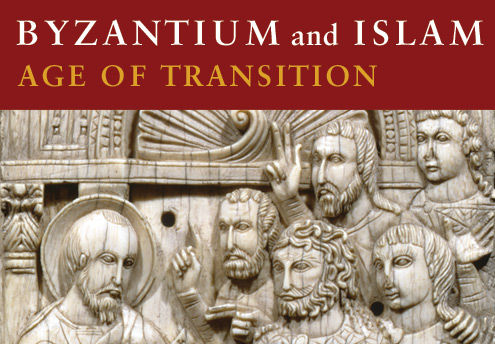As defenders of the faith against hostile invaders, the Byzantine emperors fought one war after another for eleven hundred years. Sometimes the invaders were moving north and west from Asia: Persians in the seventh century; Arabs from the seventh century on; and Turks beginning in the eleventh century. Byzantium thus absorbed the heaviest shock of Eastern invasions and cushioned the West against them.
The Byzantine state was also engaged in almost constant warfare against a variety of Asian enemies: the Huns of the fifth century, the Avars of the sixth and seventh, the Bulgars of the seventh and succeeding centuries, the Magyars of the ninth and later centuries, and the Pechenegs and Cumans of the eleventh, twelfth, and thirteenth centuries.
Sometimes the enemies were native Europeans, like the Slays, who from the sixth century filtered gradually south into the Empire in a steady flow that eventually covered the entire Balkan peninsula. In the northeastern part of the peninsula, the Slays were conquered by the Hunnic tribe of the Bulgars but slowly absorbed their conquerors. These Bulgars fought exhausting wars against Byzantium.
So did the Russians (or Varangians), another Slavic people, whose Scandinavian upper class was gradually absorbed into a Slavic lower class. They first assaulted Byzantium by sea in 860, having sailed across the Black Sea; they several times repeated the attack. Beginning in the eleventh century, the enemies were western Europeans: Normans from the southern Italian state; crusaders from France, Germany, and Italy; freebooting adventurers from the new Italian cities.
For more than seven hundred years after Constantine, until the late eleventh century, the Byzantines held their own. Though hostile forces sometimes swarmed to the foot of the walls or threatened from across the Straits, Constantinople itself remained inviolable until 1204. In that year it was taken for the first time by a mixed force of Venetian traders eager for profit, and French, Italian, and German crusaders, who had set out to fight the Muslims in Palestine and had been detoured.
Only a state with phenomenally good armies and navies could have compiled so successful a military record. From all periods of Byzantine history, there survive studies of the art of war, discussing new ways of fighting and new weapons. The Byzantines were adaptable, learning and applying lessons from their enemies. Often commanded by the emperor in person, carefully recruited and thoroughly trained, well armed and equipped, entertained by bands playing martial music, served by medical and ambulance corps, by a signal corps with flashing mirrors, and by intelligence agencies far more competent than those of their rivals, the Byzantine armies, though occasionally defeated, by and large maintained their superiority.
The same is almost as true of the Byzantine navies. The appearance of a Muslim fleet in the eastern Mediterranean in the seventh century forced a naval reorganization by the Byzantines, who by the tenth century had recaptured their former control of these waters. At its height, the Byzantine fleet played a major role in imperial defense. It was equipped with one of the most deadly weapons of the Middle Ages: Greek fire, a chemical compound squirted from tubes or siphons which would set enemy vessels aflame, burn even when in contact with water, and strike terror into the hearts of enemy sailors.

